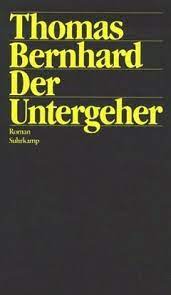Electing Judges in Mexico? It’s a Bad Idea.
But, consistent with his systematic attacks on checks and balances, his project to elect judges could lead to the death of democracy in Mexico.
. . .
Ms. Singh is a professor at Stanford Law School and the executive director of the school’s Rule of Law Impact Lab. Ms. Garcia is an expert adviser to the lab.
https://law.stanford.edu/rule-of-law-impact-lab/#slsnav-our-focus :
Democracy is in decline around the world. Governments elected to power with populist agendas are increasingly adopting authoritarian tactics. There are striking similarities in the methods deployed to subvert democracy. These methods typically include compromising electoral integrity, undermining judicial independence, and quashing free expression and dissent. The Stanford Law School Rule of Law Impact Lab studies and uses legal tools to counter core threats to democracy and to promote democratic renewal worldwide.
Incredible


Good News! Alaska figured out the best way to do it:
https://public.courts.alaska.gov/web/forms/docs/pub-28.pdf
TLDR: A merit based process where candidates are rated by whomever wants to take the time to rate them (mostly lawyers), then a round of interviews with a judicial council (made up of three members of the public and three members of the Bar), judicial council considers scores and interview performance, eliminates lacking candidates (Chief Justice of the Alaska Supreme Court is tiebreaker if council is split on whether to eliminate a candidate), then advances remaining names to the governor who must pick one of the remaining candidates unless there are less than three candidates, in which case the process starts all over. Appointed judges have to face retention elections every few years, where their name is literally put on the November ballot and if they get less that 50% approval they get removed. This applies to all appointed judges, even those on the appellate courts.